Rigging Tips and Sling Information
Sling Length
All slings are measured pull-to-pull when lying flat and pulled hand tight.
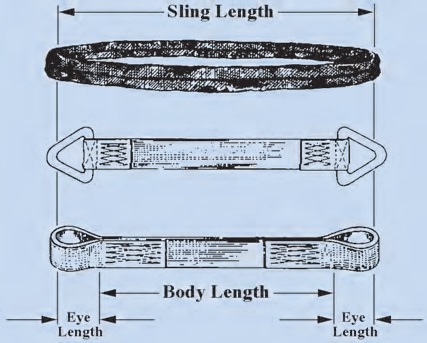
Sling-to-Load Angle
Slings should be long enough so that the Rated Capacity (WLL) is adequate when the Sling-to-Load Angle is taken into consideration. To avoid edge-loading (unequal loading over the width of the sling) select the longest possible sling or use lifting beams and spreader bars.
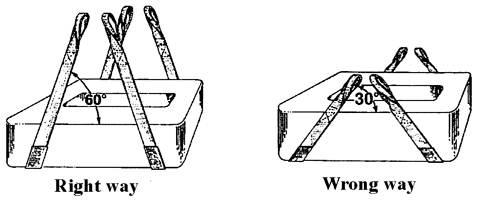
Slings should not be loaded in excess of their rated capacity. Shock loading, side loading and inadequate consideration for angular stress adversely affect sling strength.
 |
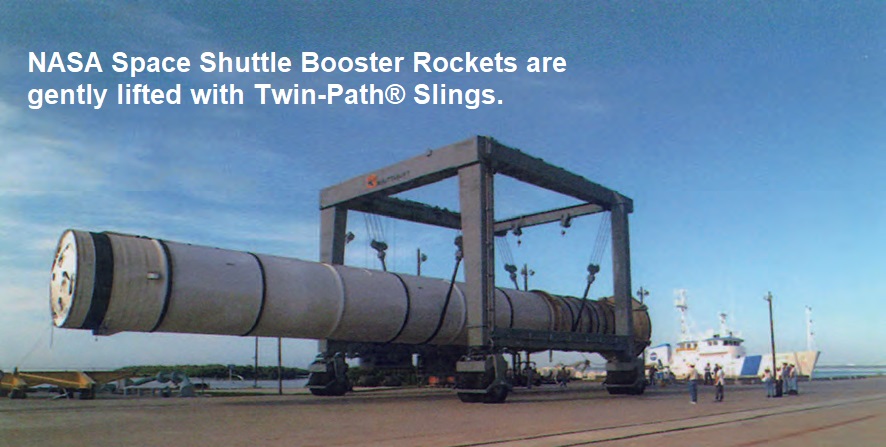 |
Rigging Tips and Suggestions
The sling should be rigged in a manner that provides proper load control. It is dangerous to use only one sling to lift a load which tends to shift and slide out.
Be sure to lift over the center of gravity. Raise the load carefully. If the load is unbalanced, lower and correct the position of the slings until the balance point is achieved. Be sure to account for the sling-to-load angle and employ wear and edge protection to prevent the sling from being cut.
Standard choker hitches compress the load from 3 side only.
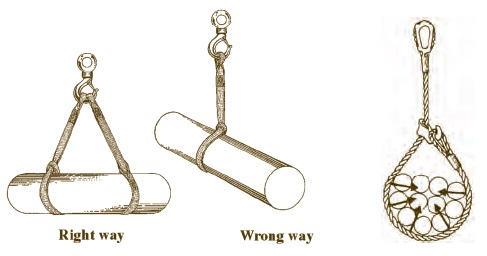
A better way to do the same lift. Use a double wrap choker hitch and for long loads use 2 slings. The double wrap compresses the load on all 4 sides and provides far better load control.
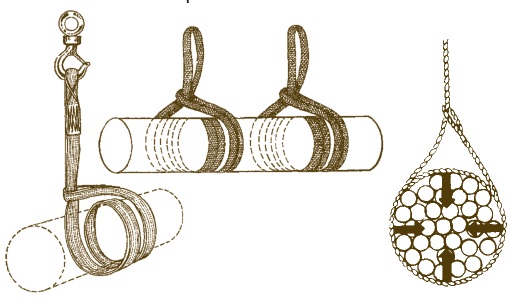
The choke hitch should always be pulled tight before the lift is made, not pulled down during the actual lift; you will damage the sling. Consideration must be given to the angle of choke. Choke the eyes on opposing sites of the load.
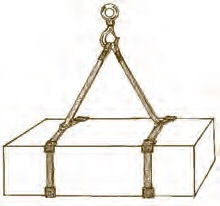
The Sling should be of sufficient length to assure that the choke action is on the sling body – never on the sling splice, fittings, eye or at the base of the sling eye or fitting.
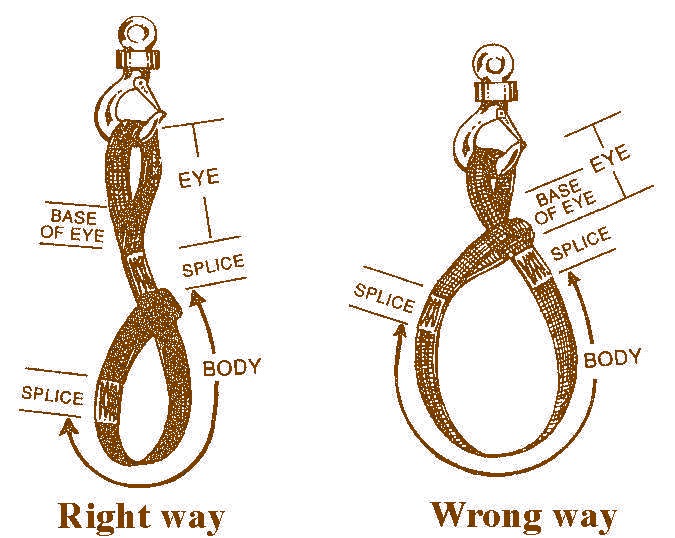
Extra care should be taken when using slings in a basket hitch to balance the load to prevent slippage. It is not good rigging practice to use one sling only in a simple basket hitch. If practical, take a full wrap around the load to grip it firmly.
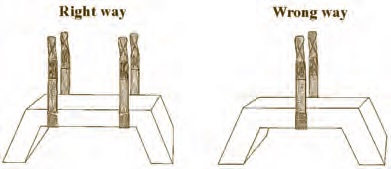
Here we use a plain double wrap hitch. The double wrap compresses the load on all 4 sides. Both sling eyes are placed into the load hook. You do not have to consider choker hitch reduction factors but when the load gets wider you have to consider to reduce the sling capacity due the angularity factor.

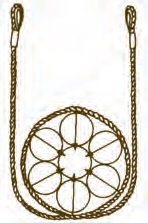
Always use a choker hitch when turning a load. If the sling is not rigged properly, the turning action will loosen the hitch resulting in a load slippage. Basket hitches should not be used to turn a load. Observe the choker reduction factors on Choker Hitches.
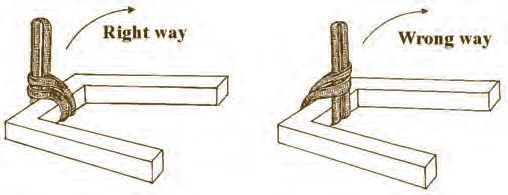

220 ton cement kiln refurbishment done with Twin-Path®



